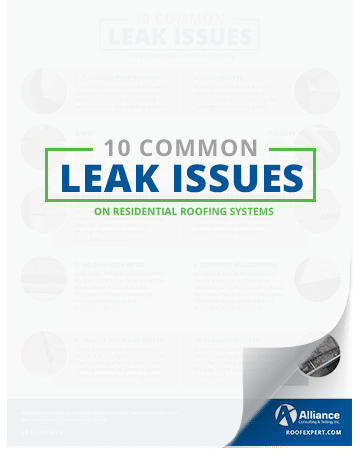Common Mistakes In Roof Installment And How To Stop Them
Common Mistakes In Roof Installment And How To Stop Them
Blog Article
Content Composed By-McDermott Padilla
When you're planning a roofing system setup, it's simple to ignore crucial information that can lead to significant troubles down the line. You might be tempted to cut edges on product option or avoid appropriate flashing setup, however these typical blunders can lead to expensive repairs later on. Recognizing the relevance of ventilation and sticking to regional building codes is essential for a successful job. So, what are the crucial steps you should require to ensure your roof stands the test of time? Allow's check out remodeling contractors in san antonio texas to prevent these mistakes.
Poor Material Selection
When it comes to roof covering installation, selecting the wrong products can cause costly troubles down the line. You could believe that any type of roof covering product will certainly do, however that's an usual misunderstanding. It's critical to select materials that fit your regional climate and the certain requirements of your home.
For instance, if you live in an area with hefty rain or snow, selecting asphalt tiles may not be the very best option. Rather, consider more long lasting alternatives like steel or slate.
Furthermore, san antonio roof repair contractors on the quality of the materials you're considering. Low-cost products might conserve you cash upfront, but they commonly lack longevity and can result in constant fixings or substitutes.
You ought to likewise consider the style of your home and make certain the products you pick will certainly preserve its visual appeal.
Finally, don't forget to seek advice from experts. They can offer beneficial understandings and suggest products that follow local building regulations.
Spending time in proper product selection now can aid you prevent migraines and costs in the future, making your roof covering job a success.
Inadequate Flashing Setup
Choosing the ideal materials isn't the only element that can lead to roofing problems; insufficient blinking installment can likewise develop substantial issues. Flashing is important for routing water away from susceptible areas, such as chimneys, skylights, and roofing system valleys. If it's not mounted appropriately, you risk water invasion, which can result in mold and mildew growth and architectural damage.
When you install blinking, guarantee it's the right type for your roofing's design and the regional climate. For instance, metal flashing is typically much more durable than plastic in areas with hefty rainfall or snow. Make sure the blinking overlaps properly and is secured snugly to avoid gaps where water can seep through.
You must additionally take note of the installment angle. Blinking must be positioned to direct water far from your house, not toward it.
If you're unclear regarding the installment process or the materials required, consult a specialist. They can help recognize the best flashing alternatives and guarantee every little thing is mounted properly, protecting your home from possible water damages.
Taking these steps can save you time, money, and headaches down the road.
Neglecting Ventilation Requirements
While several home owners concentrate on the visual and architectural facets of roof covering installation, overlooking air flow needs can bring about severe long-term effects. Correct ventilation is vital for regulating temperature level and dampness degrees in your attic, protecting against issues like mold and mildew development, timber rot, and ice dams. If you do not set up ample ventilation, you're establishing your roofing up for failing.
To avoid this blunder, initially, assess your home's certain air flow needs. A balanced system typically includes both intake and exhaust vents to advertise airflow. Guarantee you have actually mounted soffit vents along the eaves and ridge vents at the height of your roof covering. This combination enables hot air to leave while cooler air enters, maintaining your attic room comfortable.
Additionally, think about the kind of roof material you have actually chosen. Some materials may require extra air flow methods. Verify your regional building ordinance for air flow standards, as they can differ significantly.
Finally, do not neglect to check your air flow system regularly. Clogs from debris or insulation can hinder airflow, so keep those vents clear.
Verdict
Finally, avoiding common roof installation errors is key to ensuring your roofing system's durability and effectiveness. By choosing the best materials for your environment, mounting flashing properly, and resolving air flow demands, you can prevent pricey problems later on. Do not neglect to familiarize on your own with neighborhood building ordinance and timetable normal inspections. With these steps, you'll take pleasure in a safe, durable roof that protects your home for many years ahead. Delighted roof covering!
